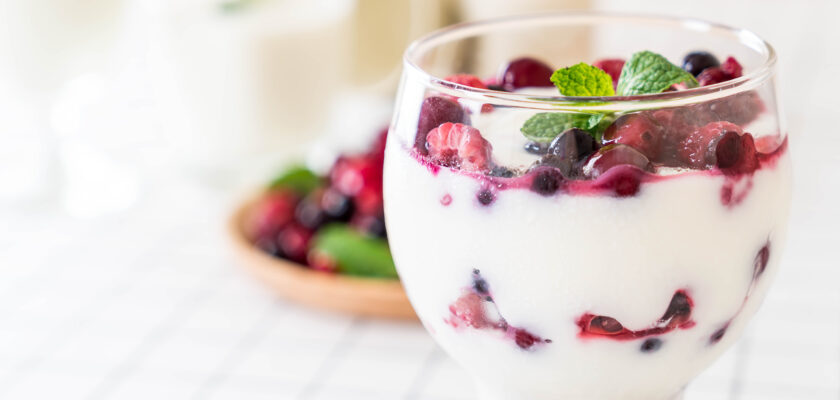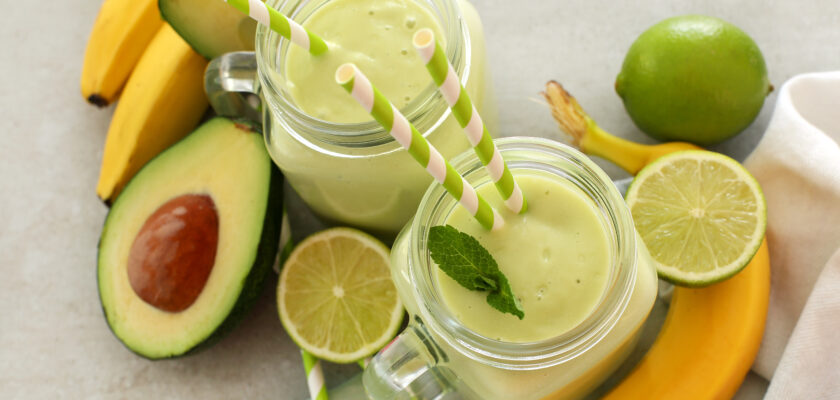Eczema is characterized by itchy, inflamed skin. This condition also accompanies signs like rough and cracked skin, commonly appearing on the arms and behind the knees. This type of atopic dermatitis is more common among infants and toddlers. The topical skin inflammation is tamed with medication and a few ointments. However, some foods could also help relieve the symptoms of eczema and the same are listed below.
Fatty Fish
Fish like salmon, herring, anchovy, and mackerel fish are packed with omega 3-fatty acids, which is a potent source of anti-inflammatory properties. If you’re a vegetarian, you can consider taking omega-3 supplements instead.
Foods High in Probiotics
Foods like yogurt, miso, kefir, tempeh, kombucha, sauerkraut comprise probiotics, which are live and active cultures that are beneficial bacteria for your gut. The foods are most effective at reducing eczema flare-ups when made at home instead of being store-bought.
Foods Containing Quercetin
Apples, blueberry, kale, spinach, broccoli, cherries, and pomegranate have one thing in common: their deep, pigmented color owing to a plant-based flavonoid called quercetin. These foods are packed with powerful antioxidants and antihistamines that help curb the flare-up of eczema.
Foods Rich in Vitamin E
Vitamin-E-rich foods like almonds, avocados, mangoes, sunflower seeds, peanuts, pumpkins, and red bell peppers can help alleviate roughness or dryness of the skin, which significantly contributes to eczema flare-ups. Vitamin E also plays a key role in soothing symptoms of diseases that are caused due to inflammation. You can also opt for vitamin supplements as an alternative.
Foods High in Potassium
Bananas, cantaloupe, apricots, sweet potatoes, mushrooms, and cucumbers are abundantly filled with potassium and help alleviate irritation and inflammation caused by eczema as potassium is an anti-inflammatory nutrient. These are skin-friendly foods that help lower the intensity of flare-ups. Other foods from this category include white beans, acorn squash, broccoli, spinach, and avocado.
- Bone Broth
Beef and chicken bone broth are highly beneficial for people with inflammation. Besides being highly nutritional, broth helps boats of amino acids and vitamins that help heal the gut. While most eczema patients are also diagnosed with food allergies that play a key role in contributing flare-ups, they are likely to be prescribed a diet rich in anti-inflammatory foods. - Rice Milk
Since allergies are a vital part of eczema, patients are requested to limit their intake of cow or soy milk, and eggs. Any plant-based milk can also trigger eczema flare-ups as they are high in proteins. Besides rice milk is a great alternative for people with severe allergies as it eliminates dairy, gluten, soy, or nuts. Rice milk is naturally sweeter in taste and can be fortified with vitamin D, vitamin A, and calcium.
While intake of these foods helps curb the symptoms of eczema, it is imperative that you check with your doctor before going ahead with a certain diet.









